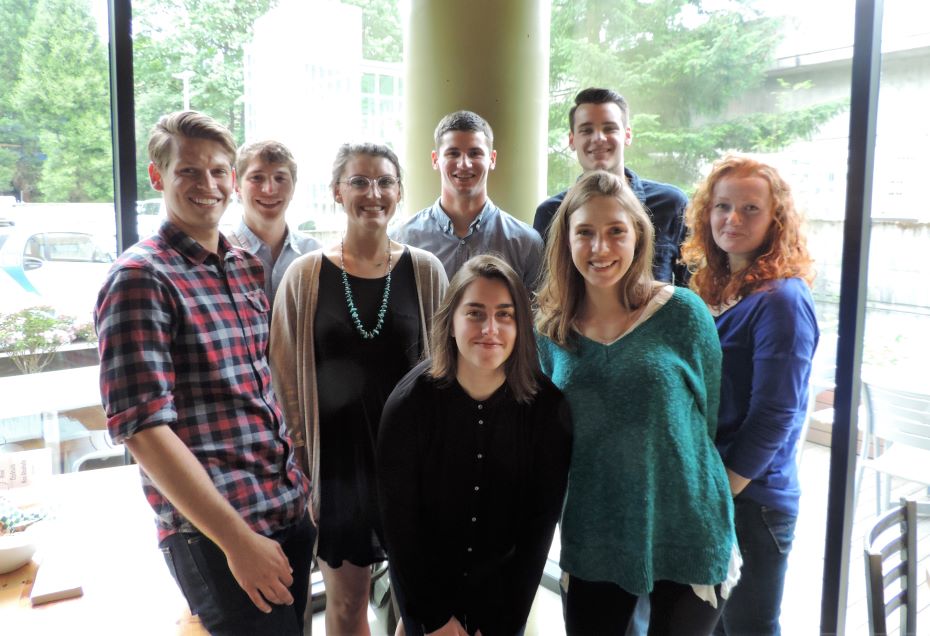About
What is medical physics?
According to the AAPM, “Medical Physics is an applied branch of physics concerned with the application of the concepts and methods of physics to the diagnosis and treatment of human disease.” The AAPM offers a breadth of information on the field of medical physics and how physicists are improving healthcare. Visit the AAPM website here.
Want to know the basics? Learn more about medical physics basics here!
Program evolution and history
In 2006, Oregon Health & Science University (OHSU) and Oregon State University (OSU) agreed to offer a graduate degree in medical physics; the newly created program was called the Oregon Medical Physics Program (OMPP). The motivation behind this joint degree program was born of a desire to tap into local experts in radiation physics and medicine. In 2014, the OMPP added a track in diagnostic imaging physics to complement the radiation therapy physics track. In an effort to increase the time students spend in the clinic, students began matriculating directly to OHSU in 2016. This allows students to establish their research projects and root their understanding in clinical medical physics at Oregon’s only academic hospital. As of 2021, the program is now exclusively offered through OHSU where students remain for the entirety of their degree program. Now called the OHSU Medical Physics Graduate Program, our goal is to offer an optimal educational experience for future clinical and research medical physicists. The OHSU Medical Physics Graduate Program is the only CAMPEP-accredited program in the Pacific Northwest, and is currently accredited through December 2030.
Program goals and objectives
The OHSU Medical Physics Graduate Program has one simply-stated mission (and a few basic objectives), which align directly with CAMPEP's published standards.
The Medical Physics Graduate Program's overarching mission is:
To provide education, clinic-based training, and experience to our medical physics students in order to prepare them for success in their future careers.
The following basic objectives are the drivers for achieving this mission:
- To demonstrate consistent practices which reinforce safety, continual learning, collegiality, and ethical behavior.
- To teach the theoretical underpinnings of the processes involved in clinical medical physics so students are equipped to make accurate judgment calls when confronted with clinical problems.
- To support the development of communication skills in an interprofessional setting so that graduates are prepared for the clinical rigors of residency and future careers in medical physics.
- To expose students to a wide array of educational references, research areas, and clinical situations, which will allow them the breadth of information to choose the area in medical physics that suits their interests and abilities.
- To teach methods of evaluating medical physics research and to critique students in didactic, research, and clinical work, in an effort to establish truthful self-assessment within each individual.
- To encourage innovative and clinically translatable research, providing students with the guidance and tools to solve problems and create new knowledge in the field of medical physics
- To integrate an ethical framework within education and clinical practice which makes teamwork, self-awareness, and patient safety inextricable components in medical physics practice.

Getting to know OHSU
The Medical Physics Graduate Program is housed in the OHSU School of Medicine. Didactic classes and clinical experiences span the South Waterfront and Marquam Hill campuses, which are connected by an aerial tram. To get a sense of OHSU, Portland, and Oregon, watch here.